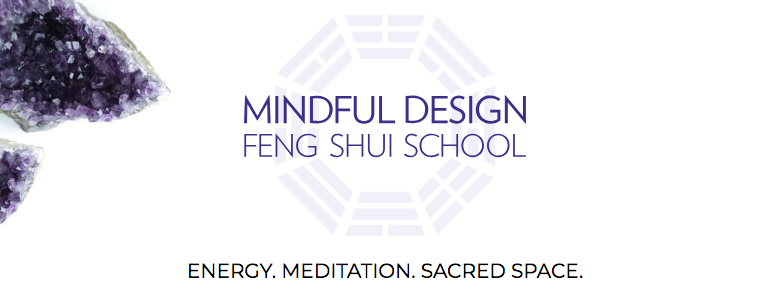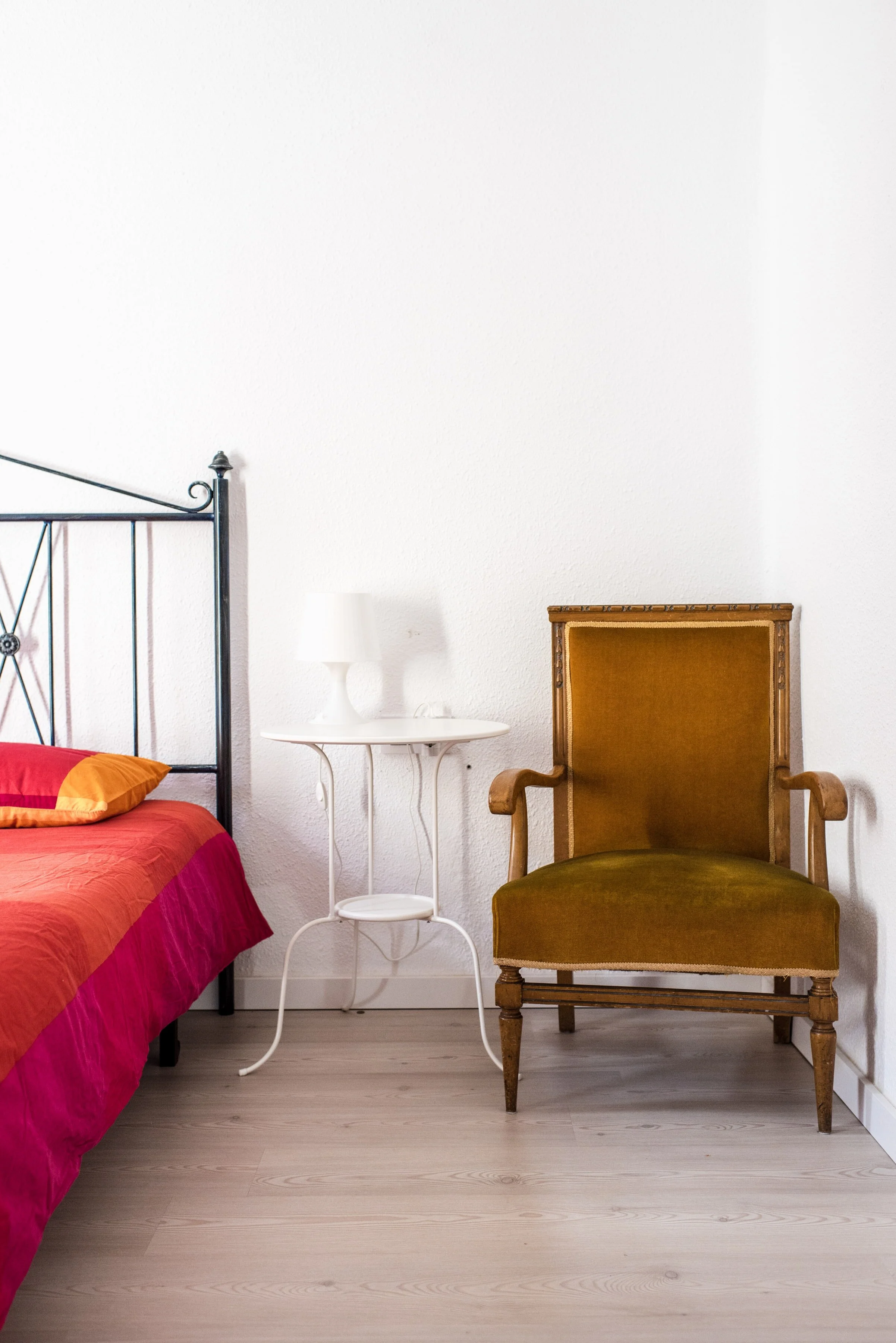Photo by Anjie Cho Architect PLLC
A chance to slip off the demands of your to-do list and relax is just what your spirit ordered. Yet, if you’re like many of us, your schedule hasn’t got space for a spa day. What if I told you that you could create a spa in your own home? It’s true! A few simple updates will transform your boring bathroom into a peaceful retreat.
Bathrooms are often given the utilitarian treatment. To create a sanctuary in your home, however, this space needs the same stylish eye you’d want to bring to any other room in the house. Take a good look at the space you’ve got and consider what elements you can introduce to welcome tranquility and rejuvenation. Here are five design elements to consider:
Flooring
Think warm and cozy. Matte finish tiles are a good foundation to begin with, especially when combined with the right rug. Look for textiles that exude comfort but also hold up well to moisture. Cotton and bamboo are great natural materials that handle the damp environment well.
Lighting
Look for a classic hanging chandelier and go for the dimmer switch. Your bathroom has different lighting needs at different times. When you’re dressing or primping, a strong light is necessary. However, when you’re settling in for a spa-like retreat, low lights are the way to go. A dimmer will allow you to select the right glow for the right mood.
Don’t forget to make space for candles. When you slip into the tub, lighting a bevy of candles transforms your space from bathroom to luxury retreat.
Sound
What is a spa experience without lilting music? You don’t need built-in speakers to create the spa-like mood. Keep a music player or Bluetooth speaker in your bathroom – away from the water, of course.
Accessories
Remember, we’re talking about pampering and relaxing. Select lush towels for your in-home spa retreat. Use attractive bottles, jars and baskets to display your collection of bath salts and other pampering accoutrements. Be careful not to clutter the space, however. Simple and organized is your goal.
Scents
As you’re inhaling and exhaling in peace, the right calming scents are essential. Look to aromatic essential oils to create your own personal favorites. Coordinate the aroma you’re creating for your space with the candles and bath salts you’re using. If you’re not sure where to start, try the calming scent of lavender.
If you’d like to learn more about feng shui, check out Mindful Design Feng Shui School at: www.mindfuldesignschool.com






